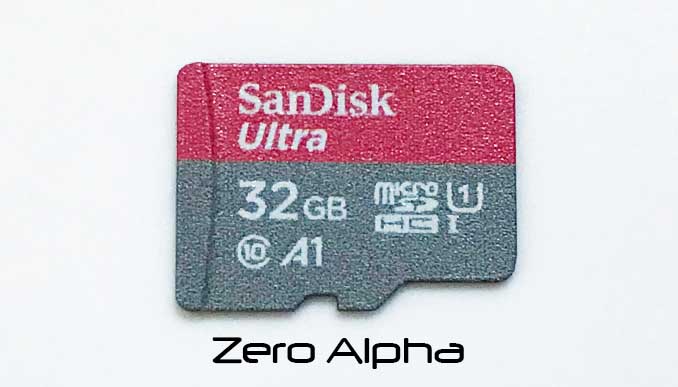SanDisk Ultra 32gb MicroSD Data Recovery
SanDisk Ultra 32GB MicroSD card data recovery is a common service with provide. Like any storage medium, these cards are not immune to data loss. In this article, we delve into potential risks to data stored on SanDisk Ultra 32GB MicroSD cards used in dashcams and explore strategies for data recovery.

Potential Causes of Data Loss:
-
Physical Damage: SanDisk Ultra 32GB MicroSD cards, while durable, can be vulnerable to physical damage from mishandling, accidental drops, and environmental factors like extreme temperatures and moisture.
-
Card Corruption: Corruption can occur due to abrupt power loss during writing, improper ejection, or defects in the card itself. This can lead to unreadable or partially readable files.
-
File System Errors: File system errors can develop from improper formatting, corruption, or other software-related issues. These errors can hinder the dashcam's ability to write or read data accurately.
-
Accidental Deletion: Accidentally deleting files, either through the dashcam interface or when connected to a computer, can result in data loss if backups are not in place.
Data Recovery Methods:
-
Cease Card Usage: If data loss is suspected, cease using the microSD card immediately to avoid overwriting data and further damage.
-
Data Recovery Software: Utilize data recovery software to scan the microSD card for recoverable files. Tools like Recuva, EaseUS Data Recovery Wizard, and PhotoRec can be effective in recovering deleted or lost files.
-
Professional Data Recovery Services: For cases involving physical damage or severe corruption, seeking assistance from professional data recovery services is recommended. Experts can recover data from damaged cards using specialized tools and techniques.
-
Backups and Prevention:
-
Regular Backups: Regularly transfer important dashcam footage to a computer or cloud storage to ensure redundancy.
-
Cloud Backup: Utilize dashcams that offer cloud storage integration to automatically backup footage and protect against data loss.
-
Scheduled Formatting: Periodically format the microSD card in the dashcam to prevent file system issues from accumulating.
-
Best Practices for Data Protection:
-
Card Authenticity: Purchase SanDisk Ultra 32GB MicroSD cards from reputable sources to ensure authenticity and performance.
-
Safe Ejection: Always eject the microSD card properly from the dashcam or computer to prevent corruption.
-
Temperature Considerations: Avoid exposing the card to extreme temperatures, both high and low, as they can affect performance and longevity.
-
Secure Handling: Handle the microSD card with care to prevent physical damage. Store it in a protective case when not in use.
-
Regular Checks: Regularly review dashcam footage to identify any potential issues early on. This can help prevent the loss of important data.
Conclusion: SanDisk Ultra 32GB MicroSD cards are reliable choices for dashcam storage, but understanding potential risks and implementing data protection strategies is crucial. By adhering to best practices, utilizing data recovery tools and services when necessary, and prioritizing regular backups, users can mitigate the risks associated with data loss and ensure that their dashcam footage remains secure and accessible.
Data Recovery Case Log
10Aug23: This sd had corrupted video and picture files from a problem with its host camera. The FAT structure was damaged but we were able to recover all the files which were pictures and video and return them with the original names back to the customer.